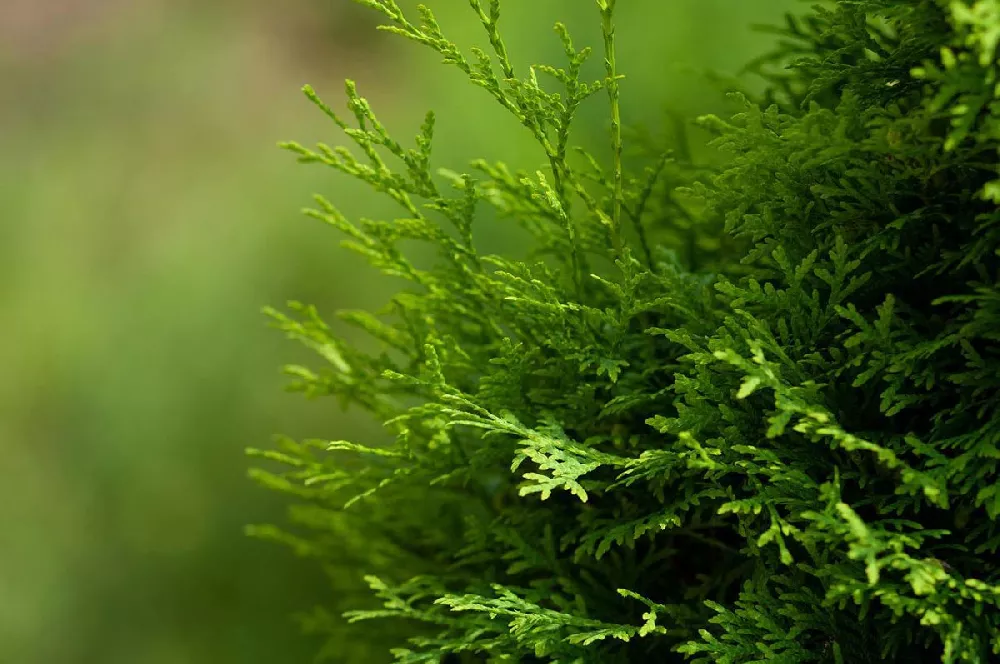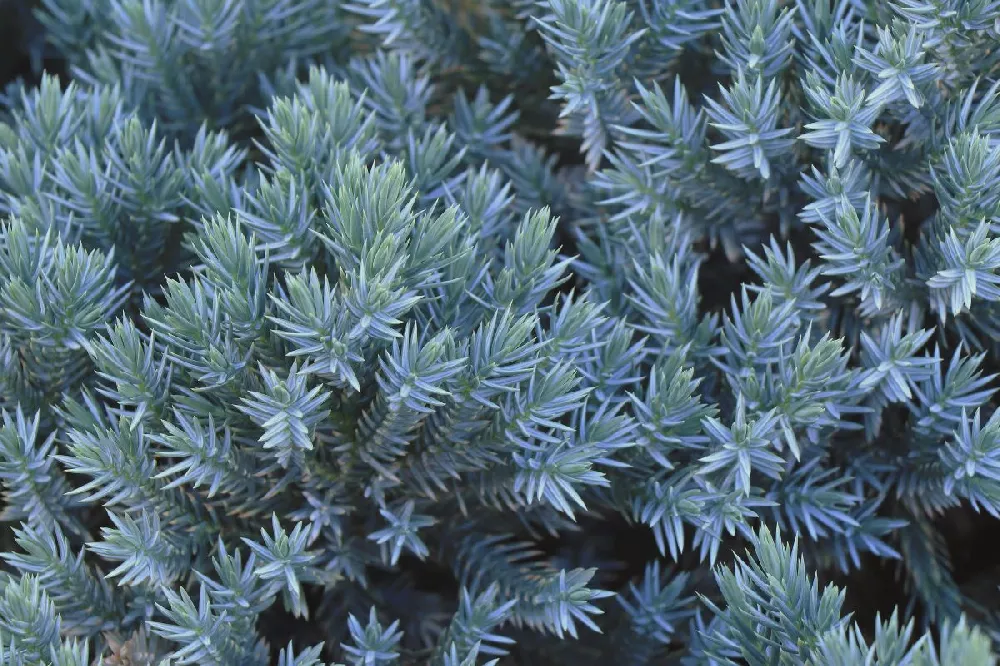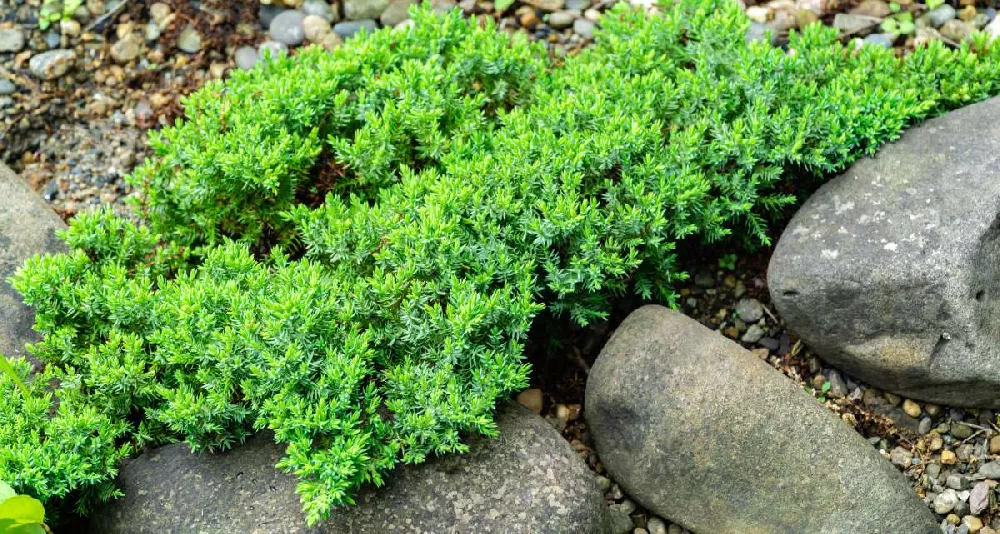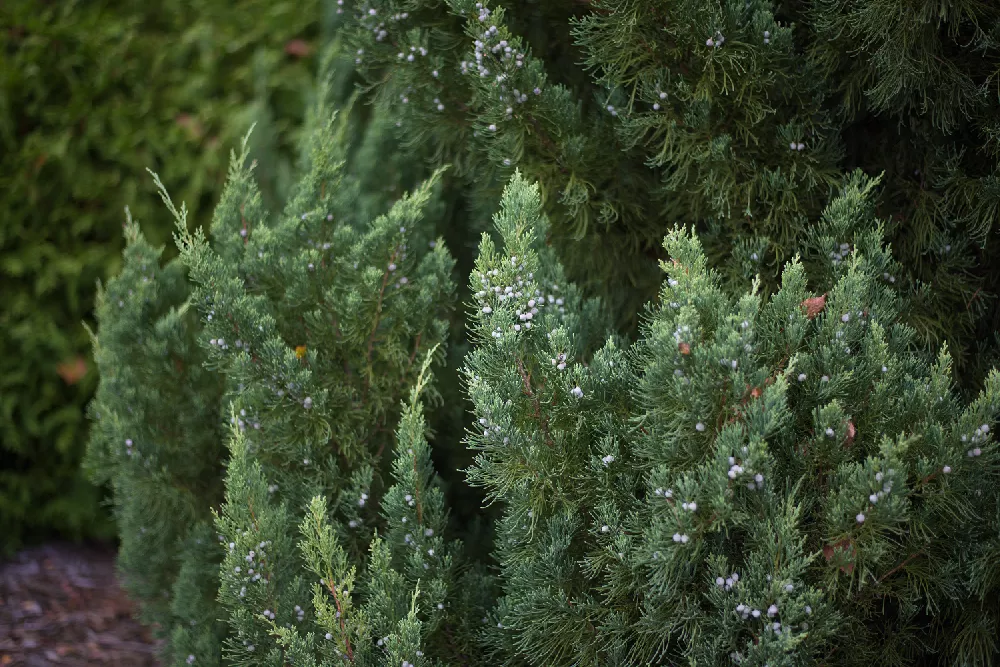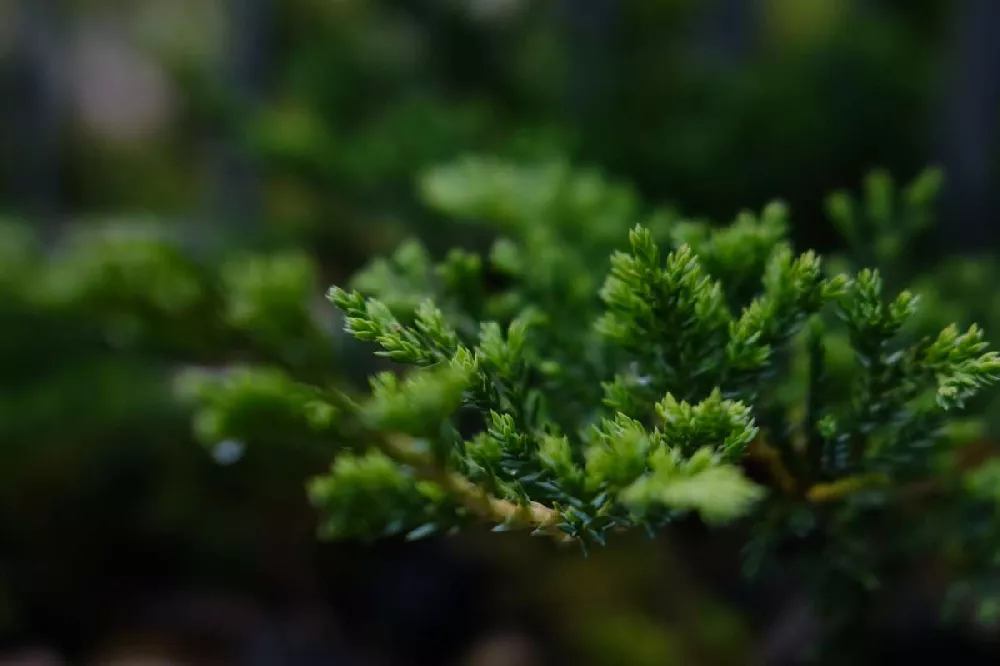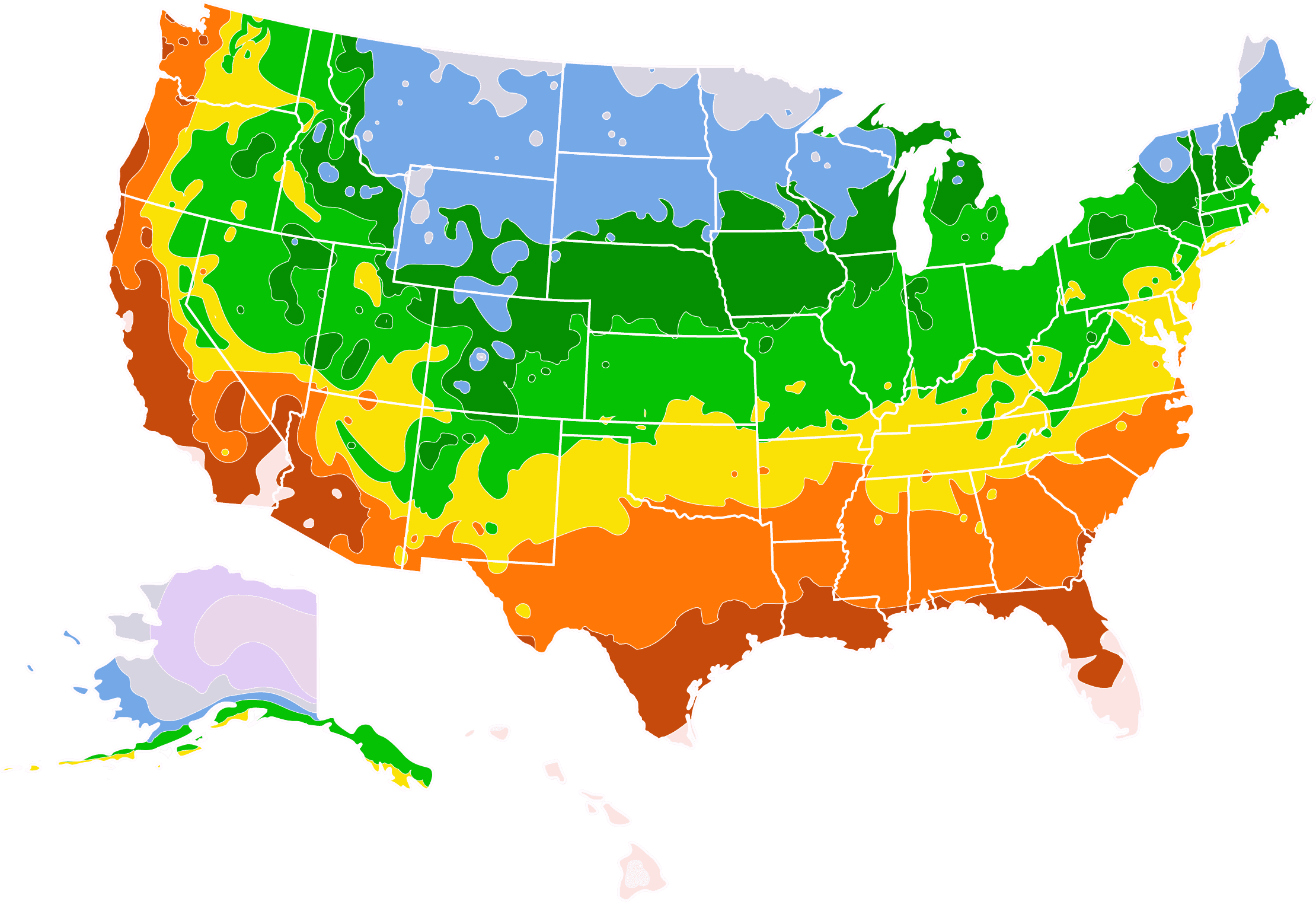- Home >
- Evergreen Trees >
- Spartan Juniper
Spartan Juniper for Sale - Buying & Growing Guide
- Ships in 1-2 days
- 1-Year Warranty Eligible
- Pots or accessories are not included unless specified in the product options.
Shipping Details:
Once your order is shipped, you’ll receive an email with a tracking number and estimated delivery date. Most orders ship immediately, but some items are seasonal and may only ship in spring or fall. These products are noted on the website.
Stately and elegant, Spartan Juniper, Juniperus chinensis 'Spartan,' is a handsome addition to any landscape. These vertically-oriented trees reach a height of 15-20 feet, but a mature width of only 4-5 feet, and they will stand like sentinels in your front or back yard, providing a note of contrast to smaller perennials and shrubs. Spartan Junipers are also easy to care for and need little pruning or fussing over. They are an excellent tree to use as a privacy screen or windbreak when planted close to each other. In formal gardens, a pair of matched Spartan Junipers is eye-catching — and, if you wish, they can even be turned into topiary. Here are a few more reasons to love the Spartan Juniper Tree:
- Resistant to salt, drought, and heat.
- Can be planted in a range of soil types, from clay to loam to sandy.
- This evergreen provides four-season interest in the garden.
Plant Care
Sunlight

Spartan Juniper tolerates some shade, but grows best where it will receive at least 6 hours of sunlight a day.
Watering
Once established, Spartan Juniper needs supplemental water only during droughts or heat waves.
Fertilizing

Use a 12-4-8 or 16-4-8 formula once a year for young trees, and once every two to three years for established trees.
Planting and Care
Planting instructions
Site your tree in well-draining soil that receives at least 6 hours of sun a day. It should be at least 5 feet from any buildings, and not under any low-hanging overhead cables. Unpot your tree and tease out any encircling roots, as they can girdle the tree and slowly kill it. Dig a hole that’s as deep as the root ball and twice as wide. Throw a few handfuls of a well-rotted compost or manure in the hole, and mix some with the dirt you dug up. Place the sapling in the hole so that the top of the root ball is level with the ground, and fill in around it with the soil, tamping down as you go to eliminate air pockets. Water thoroughly. Apply a 2-3 inch layer of an organic mulch such as bark chips to conserve moisture and hinder weeds.
Watering and nutrients
During its first month, water your Spartan Juniper twice a week. After that, scale back to once a week for the rest of its first year. Once it is established, it will only need supplemental watering during very dry or hot weather. For its first few years of growth, fertilize your tree in the fall with a slow-release organic product such as a 12-4-8 or 16-4-8 formula. After that, you can taper back your feeding to once every two to three years.
Pollination
Junipers are monoecious, meaning that the male and female reproductive organs can be found on the same tree. These reproductive parts are in cones, and when fertilized through the action of the wind, they produce small seeds, which, in this case, are called juniper berries.
Pruning
The Spartan Juniper needs no regular pruning. Monitor it for broken, diseased, or dead branches, which should be pruned out when you see them. If you wish the tree to assume a shape other than its natural tall pyramidal form, you can train it to topiary-like forms such as a spiral through the use of judicious trimming.
Pests and diseases
There are a few common insects that may appear on your Spartan Juniper, including bagworms, scale insects, and aphids. None of these should cause permanent damage to a healthy tree if the infestation is light, but they may cause a browning of needles and more to a weakened tree. Horticultural oil may help with scale insects, while releasing beneficial insects such as ladybugs can help fight insects such as aphids. Junipers may experience twig and tip blights, which are fungal and may cause dieback. Prune out infected branches and apply a copper fungicide as directions indicate.
Achieving maximum results
The Spartan Juniper is possibly one of the most flexible trees you could find, fitting easily into a variety of garden types from Mediterranean to cottage. It can serve as a specimen tree, be part of a windbreak, and be used as a container plant. Spartan Juniper adapts well to being grown in a pot, where it will max out at much shorter than its usual 15-20 feet height. For example, two Spartan Junipers in matched terra-cotta pots flanking a front doorway would make for a handsome display. To attain the best results, choose a container that is roughly twice the size of the root ball. Fill the container with a good quality potting soil, and plant as per directions above. Be aware that container-grown plants may need more water than those grown in the ground, and regular fertilizing is also recommended throughout the life of the tree.
FAQs
Where can Spartan Juniper be grown?
Spartan Juniper is able to be grown outdoors in U.S. Department of Agriculture hardiness zones 5-9. It is tolerant of cold temperatures down to -10 degrees Fahrenheit. This includes most of the continental U.S. except for the southern portion of Florida and parts of the northern plains states.
What's the best way to use Spartan Juniper in my landscape?
There are many uses for this lovely tree. Spartan Juniper's tall, columnar shape makes it a perfect boundary marker or privacy hedge, and a line of them edging a driveway or walkway would be elegant. The tree can add vertical lines to any garden, from the most formal setting to the informal jumble of a cottage garden. It is also an excellent specimen planting to be placed near a house or other building, behind smaller flowering perennials such as lilacs or weigela.
How can I avoid root rot with my Spartan Juniper?
Root rot is one of the few diseases that impacts these hardy trees. For starters, plant your tree in a spot that drains well so that the tree is never sitting in a puddle after a rainstorm. When you water your tree, stop before it is standing in water. Also, keep the area around the tree free from debris or leaf litter. Use a fungicide if you see signs that include stunted growth or brown foliage.
Compare Similar Products
Customer Reviews
 Great trees
Great treesThe trees are very healthy but a little on the short side. However if they are like the trees I have purchased in the past they grow into great trees.
You can't add more Product Name - Product size to the cart.
OK